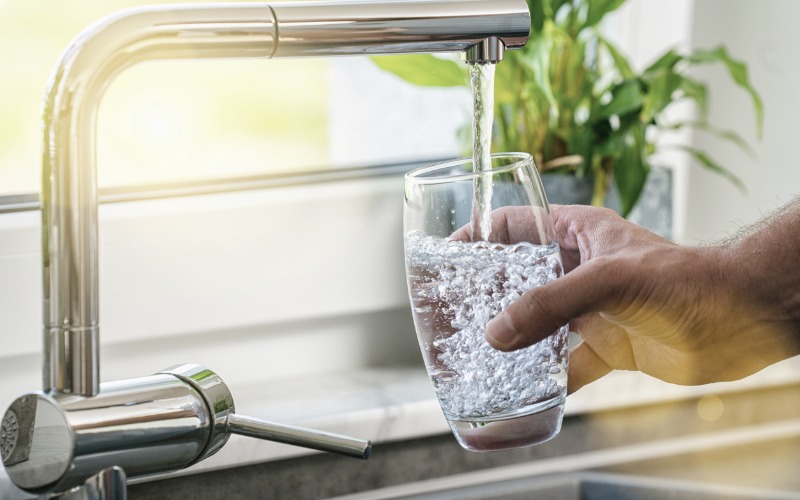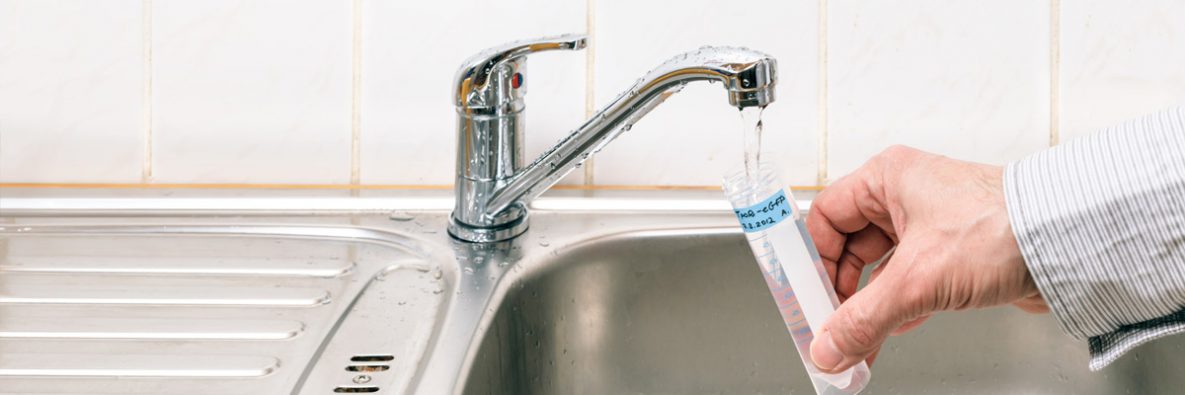Clean drinking water is a fundamental necessity for human life. It’s essential for our health, daily activities, and overall well-being. However, ensuring that the water we consume is safe and free from contaminants requires proactive measures, with water testing being a crucial step in this process.

Understanding Water Contaminants
Water contaminants can come from various sources, including industrial runoff, agricultural practices, and naturally occurring elements. Some common types of contaminants include bacteria, heavy metals, chemicals, and even microplastics. Consuming water contaminated with these substances can lead to severe health issues, making it imperative to be aware of the potential risks.
Methods of Water Testing
To determine the safety of your drinking water, you can choose from several testing methods, each with its advantages and disadvantages. The choice of method depends on your specific needs and circumstances. Some methods include home testing kits, laboratory testing, and online water testing services.
DIY Water Testing Kits
DIY water testing kits have gained popularity due to their affordability and ease of use. These kits typically come with detailed instructions and all the necessary equipment to collect and analyze water samples. Once you’ve collected your sample and followed the instructions, you can interpret the results to determine if your water is safe to drink.
Professional Water Testing Services
While DIY kits are convenient, professional water testing services offer a more comprehensive analysis of your water quality. Professionals use specialized equipment and have the expertise to detect a wide range of contaminants accurately. To find a reliable testing service, you can consult local water authorities or environmental agencies.
Interpreting Water Test Results
Understanding the results of your water test is crucial for taking appropriate action. Water test reports often include information about safe drinking water standards and the levels of contaminants found in your sample. Based on this information, you can decide whether you need to implement water treatment measures.
Water Treatment Options
If your water test reveals contamination, you’ll need to explore water treatment options. Common methods include filtration, chlorination, and reverse osmosis. The choice of treatment depends on the contaminants present and the quality of water you desire. Regular maintenance is essential to ensure continued water quality.
Environmental Impact
It’s important to consider the environmental impact of water treatment. Some methods can harm the environment, such as excessive use of chemicals. Eco-friendly treatment options, like solar-powered systems and natural filtration, offer a more sustainable approach to ensuring clean water without compromising the environment.
Conclusion
In conclusion, clean drinking water is a fundamental need, and it’s our responsibility to ensure its safety. Water testing plays a vital role in this process by identifying contaminants and enabling us to take appropriate action. By staying informed, using the right testing methods, and choosing eco-friendly treatment options, we can ensure clean drinking water for ourselves and future generations.
Frequently Asked Questions
Why is water testing important?
Water testing is crucial to identify contaminants in drinking water, ensuring it is safe for consumption and preventing health risks.
How often should I test my water?
The frequency of water testing depends on various factors, including your location and water source. It’s recommended to test at least once a year and more frequently if you suspect contamination.
Are DIY water testing kits accurate?
DIY kits can provide accurate results if used correctly. However, for a comprehensive analysis, professional testing services are recommended.
What should I do if my water test shows contamination?
If your water test reveals contamination, consult with a water treatment professional to determine the best course of action.
How can I make my water treatment eco-friendly?
To make your water treatment eco-friendly, consider using sustainable treatment methods like natural filtration and solar-powered systems.







